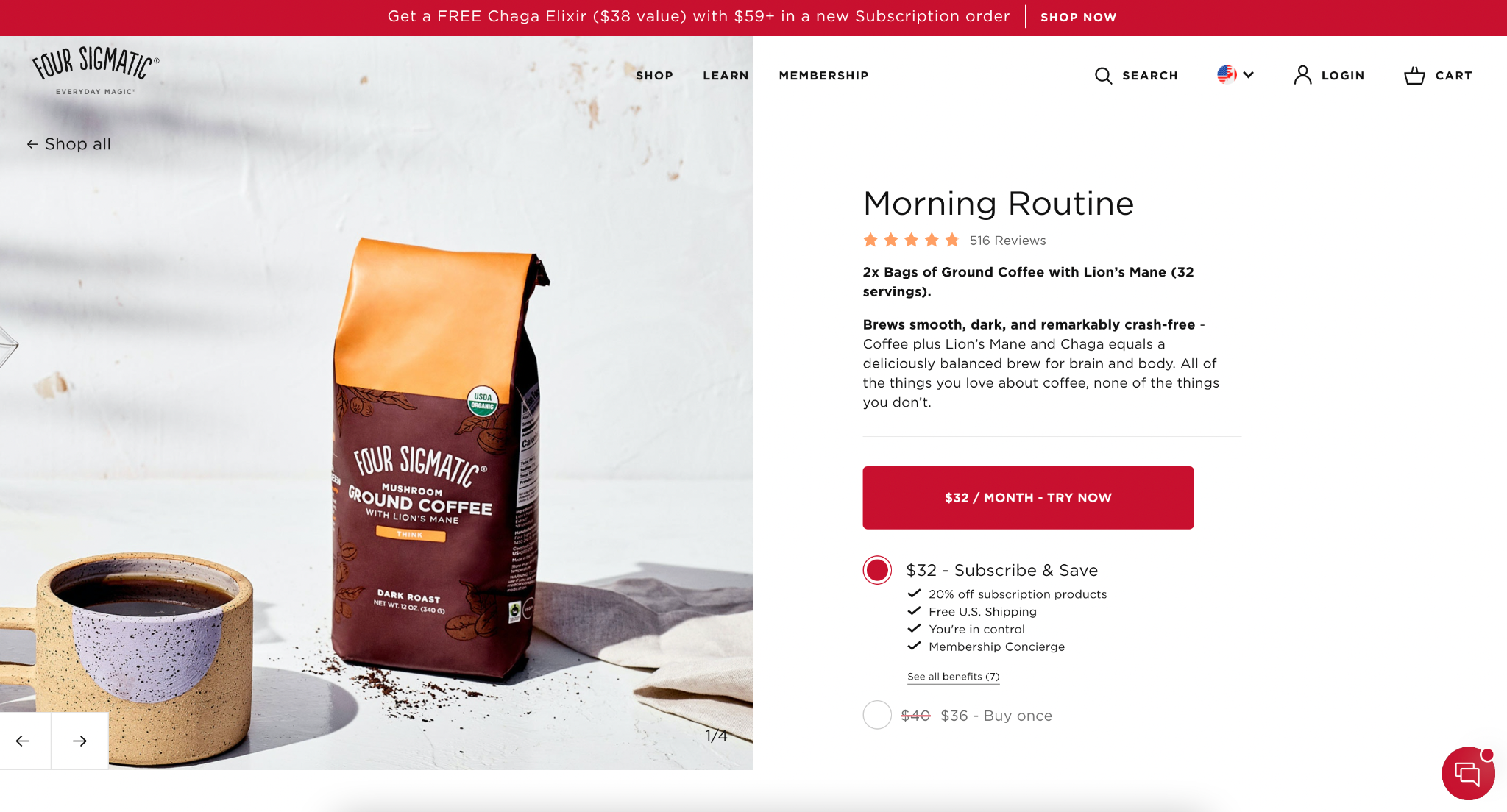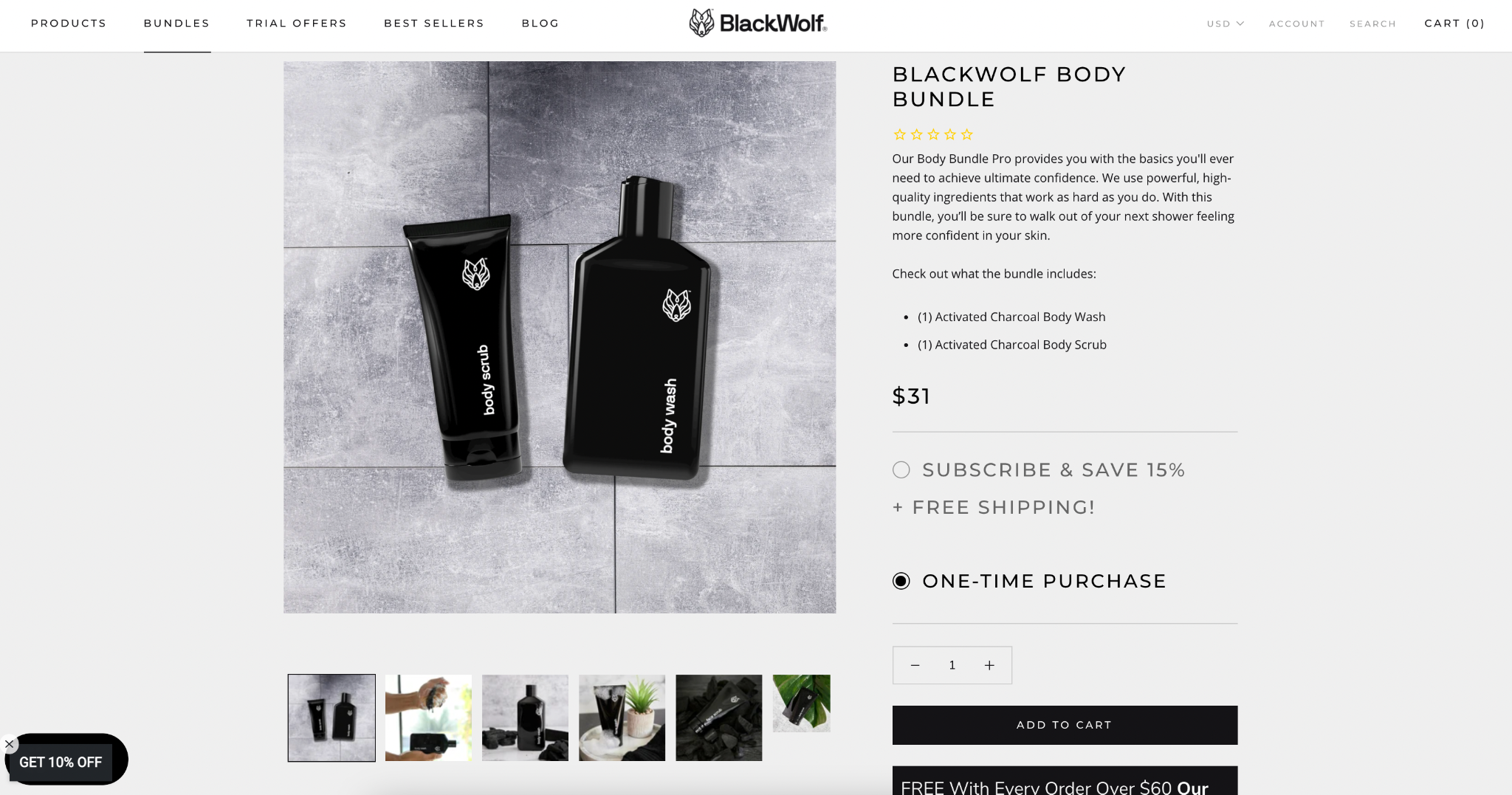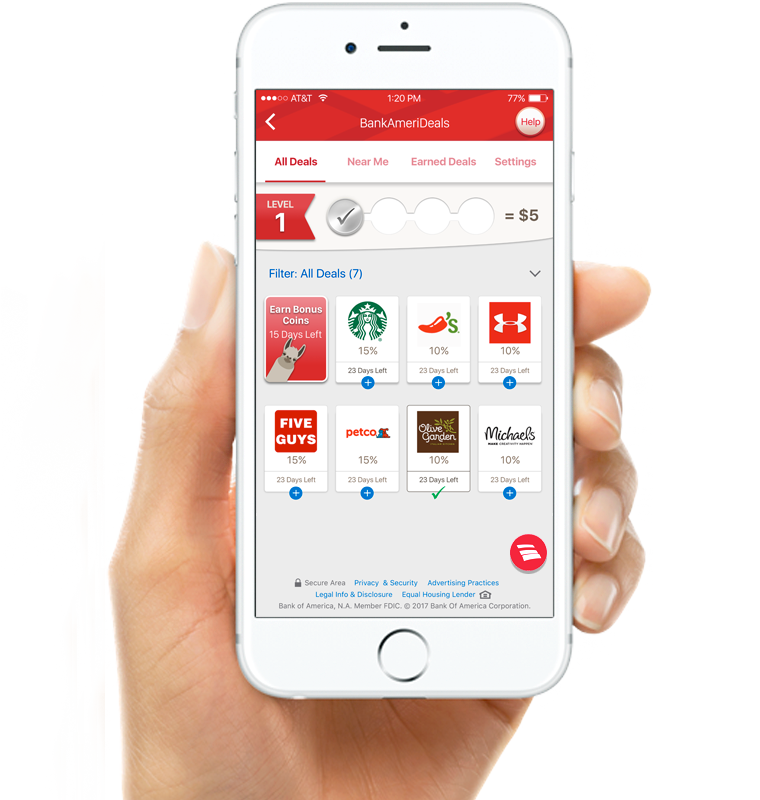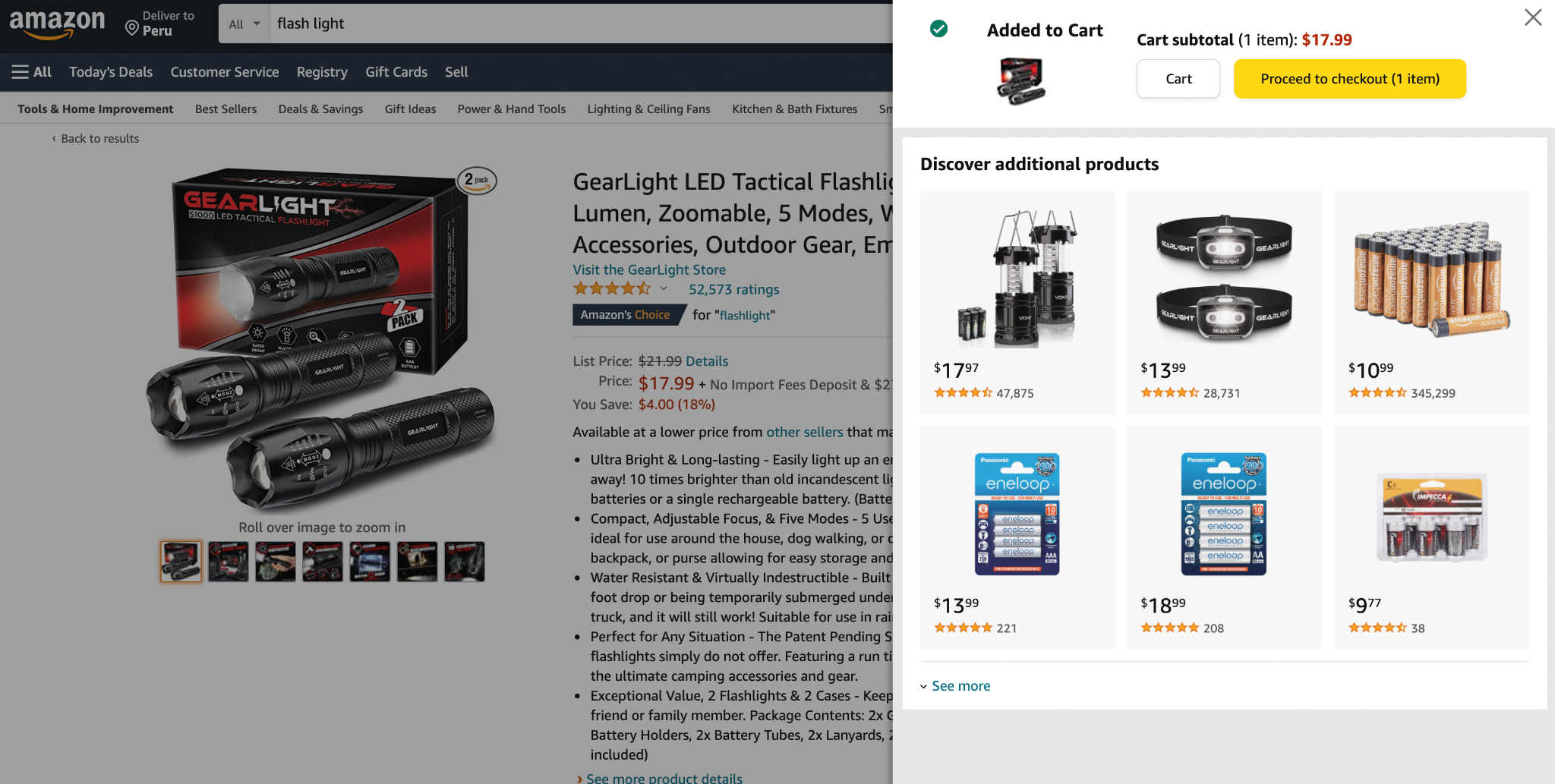
How to use A/B testing & personalization to increase conversions
Have you ever done business with a company where it's very clear that they know you personally and actually care about you? They go out of their way to make you feel welcome and do whatever they can to make your experience as pleasant as possible.
It feels good, doesn't it?
And while you might not be able to create quite the same warm, fuzzy feeling for those who visit your ecommerce website, A/B testing and personalizing the shopping experience can go a long way in increasing conversions and building a loyal customer base.
1 The power of website personalization
What is website personalization?
Website personalization is the process of dynamically optimizing website content on user behavior, preferences, or past actions. It's customizing a customer's purchasing journey in real-time based on customer segmentation.
Personalization involves creating a unique shopping experience for each customer every time they visit your site.
Although the overall structure and layout of your site remain the same, every visitor sees a slightly different variation of your website, which is defined by the shopper's particular audience segment. Segments can include things like their location, pages they've viewed on your site, interests, habits, age, and more.
The goal of personalization is to give people the right offer or information, at the right time, and to make it as easy as possible for them to complete a purchase.
What impact can website personalization have on my ecommerce business?
Is website personalization really that effective, or is it just another buzzword that doesn't move the needle? The stats would say that personalization matters.
A whopping 91% of customers are more likely to shop with brands that personalize the shopping experience with relevant offers and recommendations. When trying to shop on a website that isn't personalized, 74% of customers end up frustrated.
And it's not just that customers are indifferent about personalization. Almost 60% of visitors to your website actively want to see recommendations and offers tailored just for them.
The reality is, for good or bad, Google, Amazon, and Facebook have trained us to expect customized shopping experiences, and your ecommerce business is at risk of losing out on shoppers if your website isn't personalized for each visitor.
On top of this, brand loyalty, particularly among younger generations, is falling. We live in the Netflix era of infinite choice. With so many buying options available to customers, ecommerce sites need to leverage personalized content, offers, promotions, etc., to retain existing customers and attract new ones.
2 Website personalization strategies that increase conversions (with examples)
Now let's talk about specific personalization strategies that you can implement on your website or in your ecommerce store to increase conversions.
Geographic personalization
Geographic personalization allows you to offer products that are particularly relevant to where a person lives. For example, if a shopper is located in Texas and it's the middle of the summer, you could highlight products that will help them beat the heat.
On the flip side, if an individual from Australia was on your site at the same time, you would want to recommend products that would help them stay warm during the Australian winter.
Beyond ecommerce, geographic personalization can be make or break for websites in industries like healthcare. Let’s take a look at an example from ZocDoc, a healthcare provider booking, rating, and comparison site.

On the website homepage, there is a panel that includes top-rated doctors. By tailoring the recommendations to providers geographically close to the website visitor, they help me understand (without having to navigate or enter any information) that there are impressive doctors in my area.
Referrer source
If you have multiple channels sending traffic to your site, such as PPC, organic search, social media, etc., then you can provide different offers, recommendations, and landing pages depending on where they're coming from.
Say, for example, that you sell organic, chemical-free shampoo, and you're running an Adwords campaign that targets the keyword "organic shampoo". When someone clicks your ad, you can send them to a specific landing page that highlights the organic nature of your product and offers a limited-time discount.
Another example is Four Sigmatic coffee. I had been browsing for mushroom coffee, and then was served an ad on Facebook. Clicking through it takes me to a landing page for a bundle offer with some key product selling points on the mushrooms.

Prior visit history
If a person has visited your site previously, you can provide recommendations or offers based on the pages they viewed. For example, if a person has looked at a particular page several times but hasn't yet purchased, an offer for free gift with purchase the next time they visit that page might be all that's needed to get them to pull the trigger.
Past purchase data
Past purchases allow you to offer very specific personalization. You can recommend similar products, cross-sell complementary ones, and upsell those whose purchase history suggests a particularly strong affinity for a product. If a person has purchased a scented body wash, you could also recommend a matching shampoo or moisturizer. If you wanted to go even further, you could bundle all three together and offer them at a discount.
Check out this example from men’s skincare brand, BlackWolf. They bundle body wash and scrub at a discount, as well as offering free sunscreen with purchase. It’s an incentive to both increase AOV (average order value) as well as an incentive to follow through with the purchase.

What about other industries?
Past purchase data is used differently, but also dynamically on banking websites. For example, Bank of America might suggest you activate a discount for coffee using their BankAmeriDeals based on a past purchase you made at Starbucks. They know you have an affinity for something, they provide you value-add based on your purchasing behaviors, and in turn, create a better customer experience.

Wisdom of the crowd data
Recommending popular products with a person's audience segment is an effective way to provide a personalized experience while also driving conversions. It's also a great way to help customers discover new products that they didn't know they needed until they saw them.
For example, if women aged 30 - 40 favor a particular piece of clothing you sell, recommend it to customers within that segment who haven't purchased it yet.
Also-bought data
Similarly, if a customer adds an item to their cart, you can recommend additional products that are often purchased together with the item in their cart. This is an effective way to cross-sell products that are complementary and increase the overall order value.
Amazon does this all the time, recommending batteries if you're buying a flashlight or an ironing board if you're buying an iron.

3 Before pursuing website personalization, go through these 6 steps
After seeing the benefits of personalization, you might be tempted to try to implement it immediately, but that would be a mistake. The reality is that personalization is only effective if it rests upon the foundation of a good user experience.
Before you start personalizing, solidify your visitor's shopping experience by doing the following things.
Fix obvious site errors
If your site is slow, glitchy, riddled with typos, or plagued with checkout bugs, no amount of personalization will help. It's like thinking that manicuring the lawn of a house with paint peeling off and a hole in the roof will help it sell better.
Address obvious errors first, so that visitors can trust you and complete their shopping without any problems.
Create a seamless user experience
After fixing the big issues, move on to the smaller ones that create friction in the user experience.
Use tools like site analytics, heat maps, user testing, and surveys to identify areas where customers are encountering problems. Once you've discovered possible problem areas, you can begin exploring ways to solve them and improve the user experience.
This is usually performed through A/B or multivariate testing and is designed to improve conversion rates in high-impact areas.
Place high-quality content, where customers are looking for it
Visitors to your site can't physically handle your product or see it in person like they could if you had a brick-and-mortar location. They rely heavily on the content you provide when making purchasing decisions.
Make sure that every product page prominently features:
- Multiple high-resolution photos from various angles
- Lifestyle photos/videos showing people using your product
- Rich product descriptions that both answer potential questions and address any objections
- Real customer reviews, including negative ones (assuming you responded publicly and rectified the situation)
Personalization matters, but it won't help if customers can't get a good feel for your product due to a lack of quality content.
Optimize your site navigation around your highest value segments
To do this, you need to first identify your audience segment(s) that have the highest Customer Lifetime Value (LTV). Armed with this information, you can optimize your site navigation so that it's as easy as possible for these people to purchase from you.
This is another situation in which you need to look at analytics, heat maps, and user tests to identify where your most valuable customers are having challenges. From there, you can optimize site navigation so that high-value segments can quickly and easily find the products they most often purchase.
Target hesitant shoppers with incentives
Now you can finally start to personalize your site, and one of the best places to begin is with hesitant shoppers who have visited in the past but haven't purchased.
If they've looked at a specific product, show them a wider variety of similar products. If they read a how-to post on your blog, show them the products mentioned in the post. Or maybe you just offer them a first-time customer discount to initiate the relationship, knowing that the lifetime value they provide more than compensates for the discount. The goal is simply to get them to take that first step.
Discover new segments and personalize
As you go through the previous five steps, it's very likely that you'll discover new segments within your audience. By personalizing their experience, you unlock yet another source of revenue.
But, and this is important: if you hadn't done the hard work of the first five steps, you never would have found the new segments. Mining through the data unearthed a new "vein" of revenue and personalization will help you capitalize on it.
4 Icing on the cake, not a silver bullet
Website personalization isn't a silver bullet that will magically turn your ecommerce store into the next Amazon. It's more like delicious icing on a cake. The cake would still taste good without the icing, but maybe not quite good enough to convince you to have a slice. But put some double chocolate frosting on top? Now it's irresistible. Optimizing your website and your personalization experiments to create a superior user experience is like baking an outstanding cake. Adding in personalization is the finishing touch that brings it all together.




